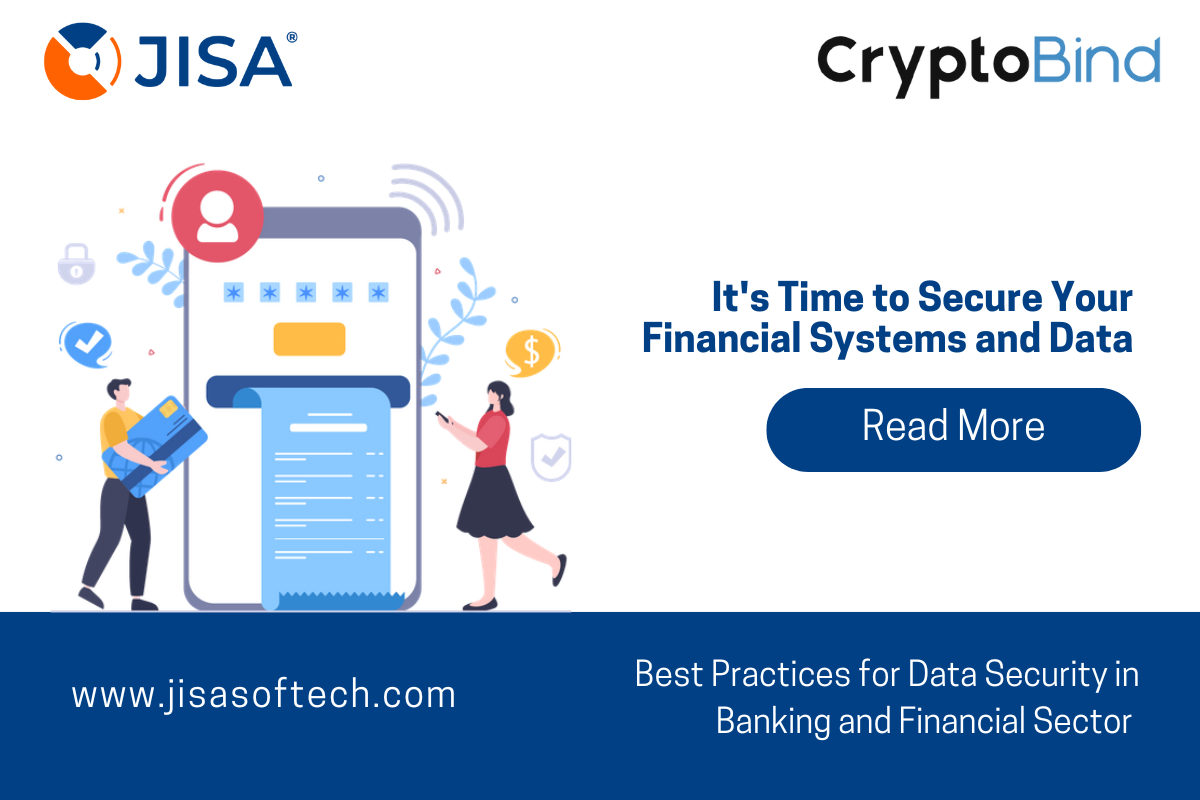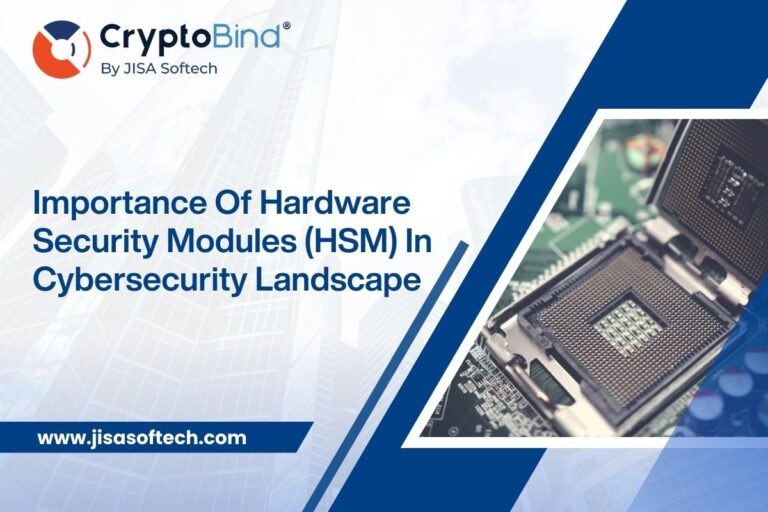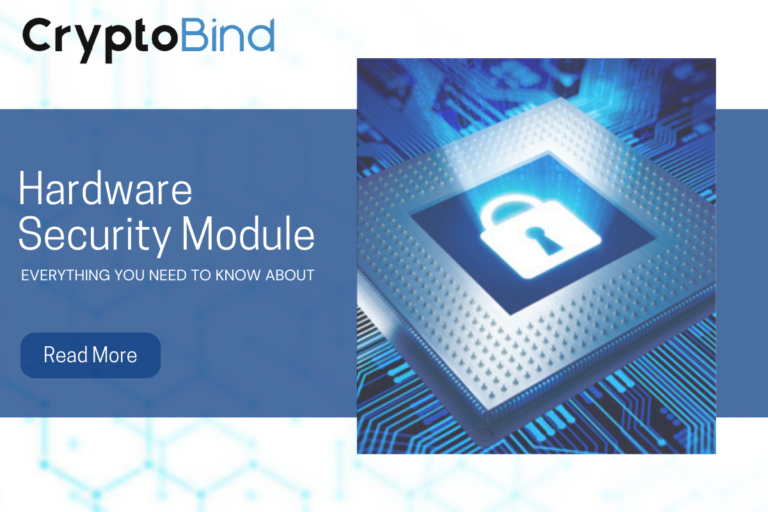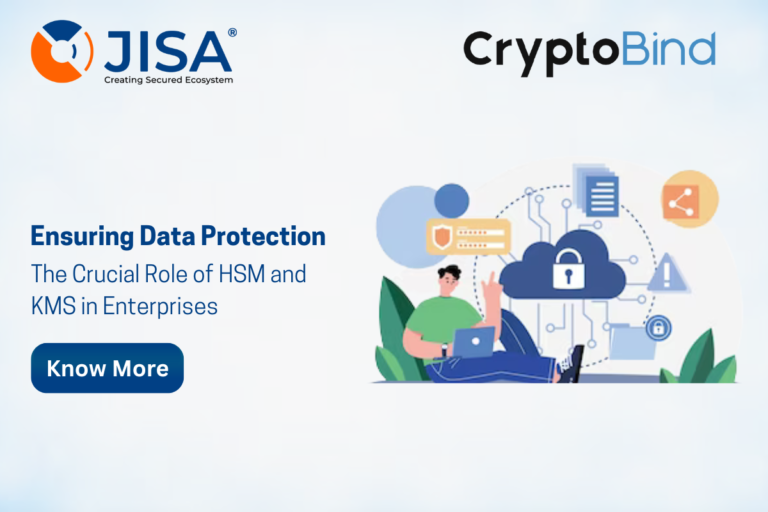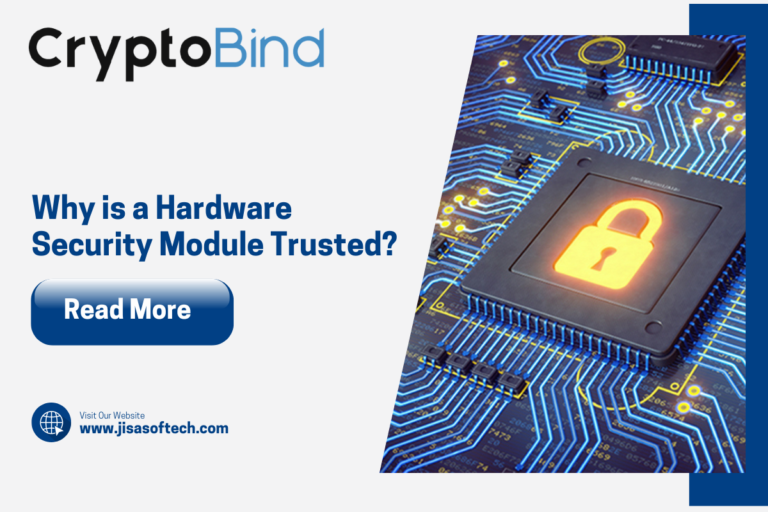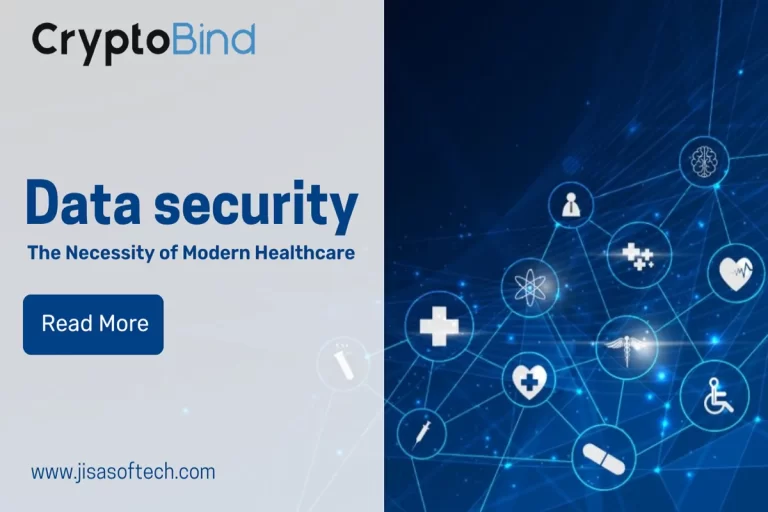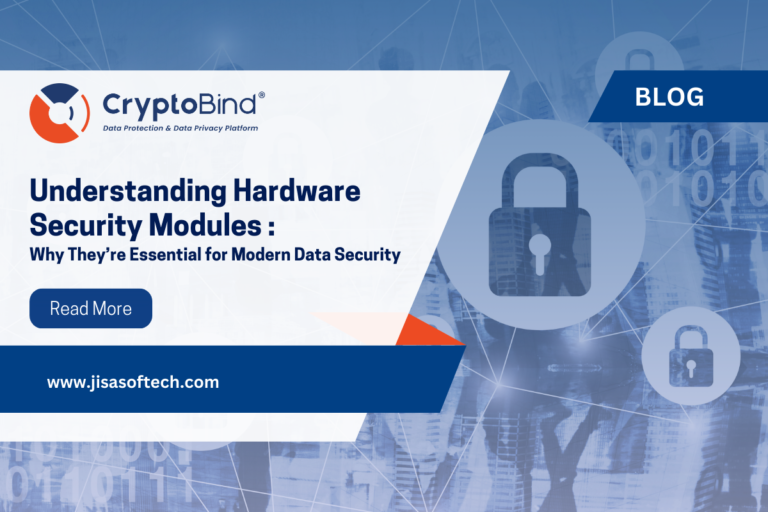Best Practices for Data Security in Banking and Financial Sector
All public and private businesses handling financial data are subject to international and industry regulations for protecting personal and financial data. Personal data protection is not only a crucial competitive advantage but also a requirement for continued operation in the business world for banking and financial services.
Banks have always kept large amounts of personal and financial information about their customers; today, that data is easily accessible to anyone with permission. Over the last few decades, the advancement of financial technology has resulted in numerous innovations and changes, such as wire transfers, credit/debit cards, online banking, and mobile payments. Banks have had to not only upgrade their systems to accommodate these changes, but also transform their processes to ensure the continued security of new technology protecting sensitive information and implementing security measures to prevent data breaches.
Best Practices for Data Security in Banks:
Banks need to take a 360-degree approach to data security in order to prevent internal or external data breaches. This means protecting not only the portion of banking operations that interact with customers, but also the internal operations involving staff members, suppliers, systems, and procedures. Here are a few techniques used to accomplish this.
Authentication:
Layered security and multi-factor authentication are assisting in ensuring secure online transactions for banks and their clients. To assist banks in enhancing their risk assessment procedures and ensuring that the person signing into your account is actually you.
Every transaction in the bank must first undergo authentication, which verifies the person’s identity. It also applies to bank employees who have access to customer and bank data. Many banks have now implemented two-factor and multi-factor authentication to make sure that the person is actually who they claim to be, whereas earlier authentication only required an ID and a password or PIN. When customers interact with banking systems like IVR, banks also use behavioral biometrics to confirm their identity.
Hardware Security Module and key Management:
Cryptographic Hardware, also known as HSM, is another security solution used by financial systems in their day-to-day operations. Banking cryptography enables you to encrypt and safeguard financial transactions, generate secure access keys for users of electronic and mobile banking, create tokenization keys, generate PIN codes, create EMV certificates for chip cards, protect user and cardholder data, and more.
HSMs provide comprehensive key management and security to protect data across devices, processes, platforms, and environments. HSMs assist financial service providers in safeguarding their clients, ensuring that they adhere to government and industry data security compliance standards, facilitating security auditing, and avoiding the harm that data breaches can do to their reputations.
Tokenization:
When it comes to data security, tokenization is an extremely helpful. It is not the same as encryption and should be considered in addition to encryption in banking transactions. Tokenization is a highly effective method of preventing the leak of credit card data, particularly PANs. However, it will never be a replacement for encryption. Tokenization cannot create secure channels or provide authentication mechanisms, but it is excellent for data protection.
Encryption:
Encryption is necessary for banks to safeguard the data they store on their networks for a several reasons. Customer information can be safeguarded by encryption. Without encryption, a user’s banking information might pass through numerous servers without being encrypted. Data is only delivered to the bank after being encrypted, where it can then be decrypted. Compared to sending a plaintext copy of the data, end-to-end encryption is actually more secure.
Due to the sensitive and private nature of the information that is stored, transferred, and recorded, the banking industry is one of those that is vulnerable to privacy violations. Due to the large amount of customer data, they handle, banks are frequently targeted by external malicious people and cybercriminals.
It is crucial that financial institutions, including banks, protect their networks because a data breach results in a loss of customer trust and market reputation.
How we can help you protect sensitive financial and banking data:
HSM is the “Root of Trust” in an organization’s security infrastructure as it is a physical device with a powerful operating system and limited network access. We have installed our HSM solution in various organizations including the Indian Banking Regulator, which comes under the control of the Indian Ministry of Finance. Our HSM offers elastic and centralized key operation and management features. Encryption keys are safely maintained in CryptoBind HSM in accordance with organizational requirements.
To strengthen your organization’s security, we provide industry-compliant Hardware Security Module, Cloud HSM, Key Management Solutions, Tokenization, Encryption, Aadhaar Data Vault, and Authentication solutions. Our innovative solutions have been adopted by businesses across the country to handle mission-critical data security and data protection needs.
To know more about our solution, get in touch with us.
Contact Us:
Website: www.jisasoftech.com
Email: sales@jisasoftech.com
Phone: +91-9619222553

